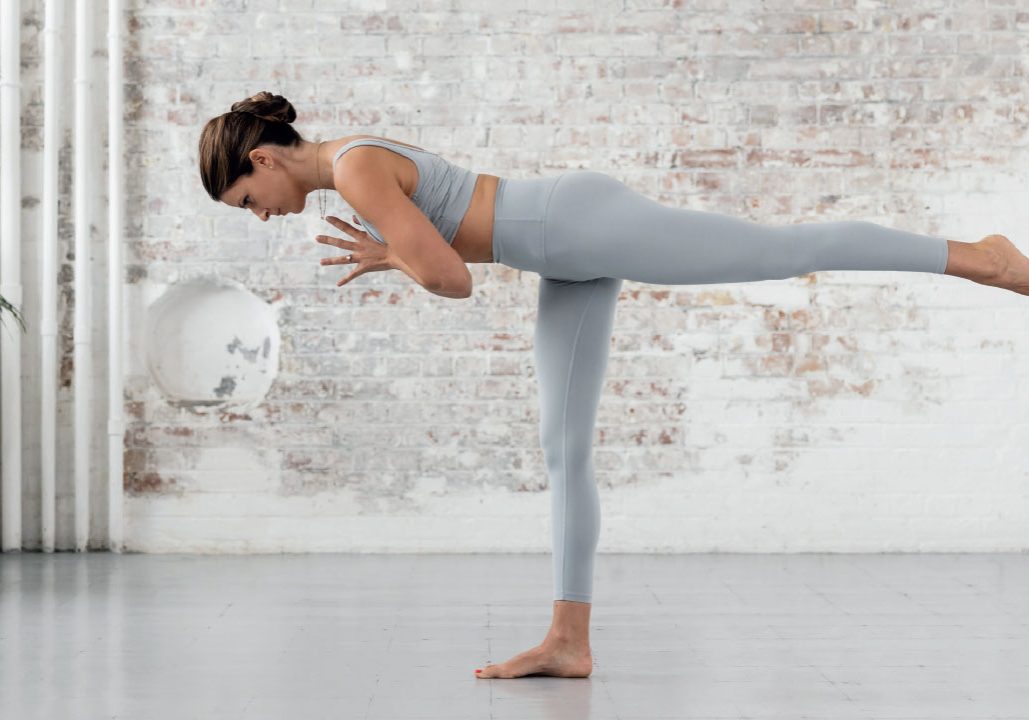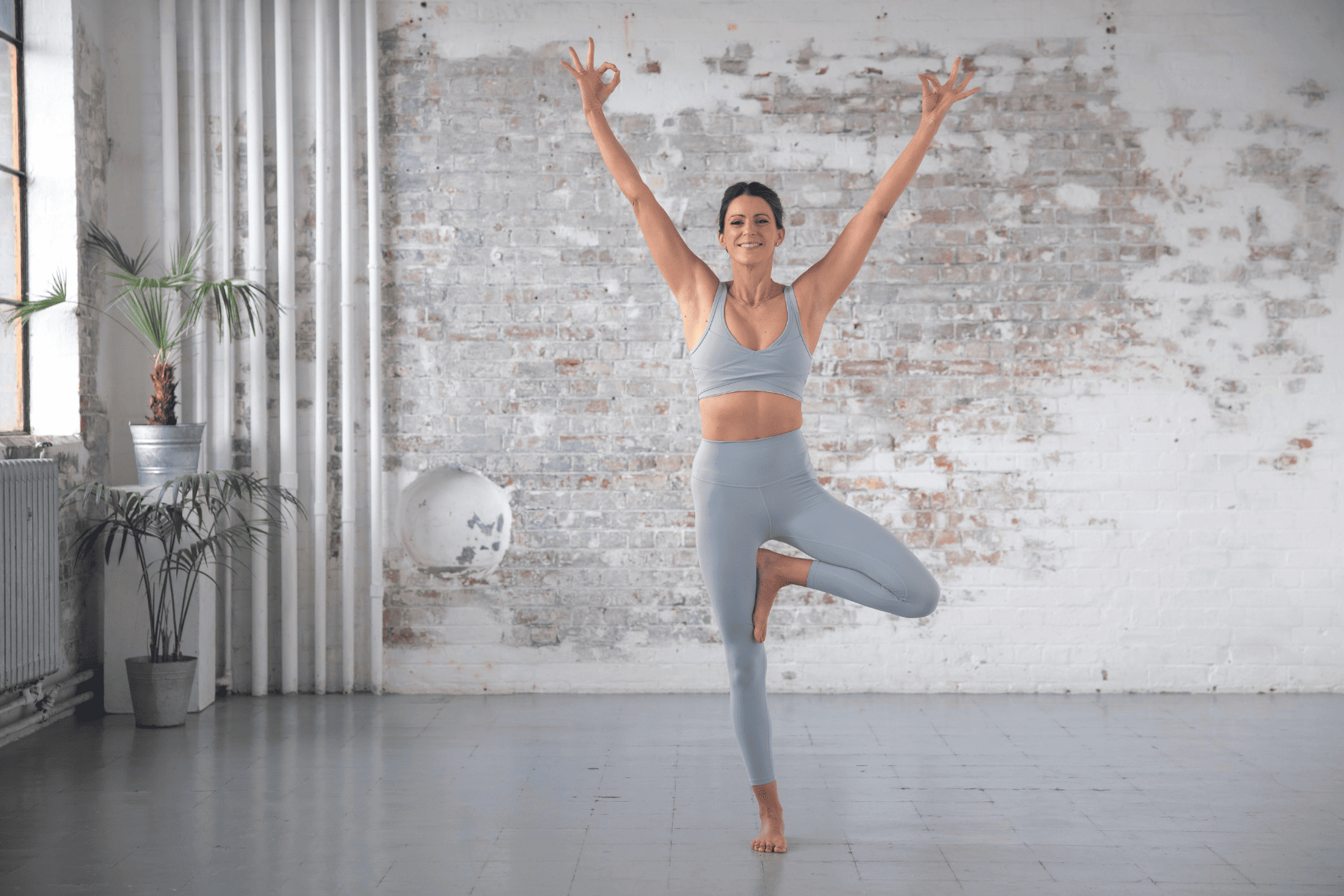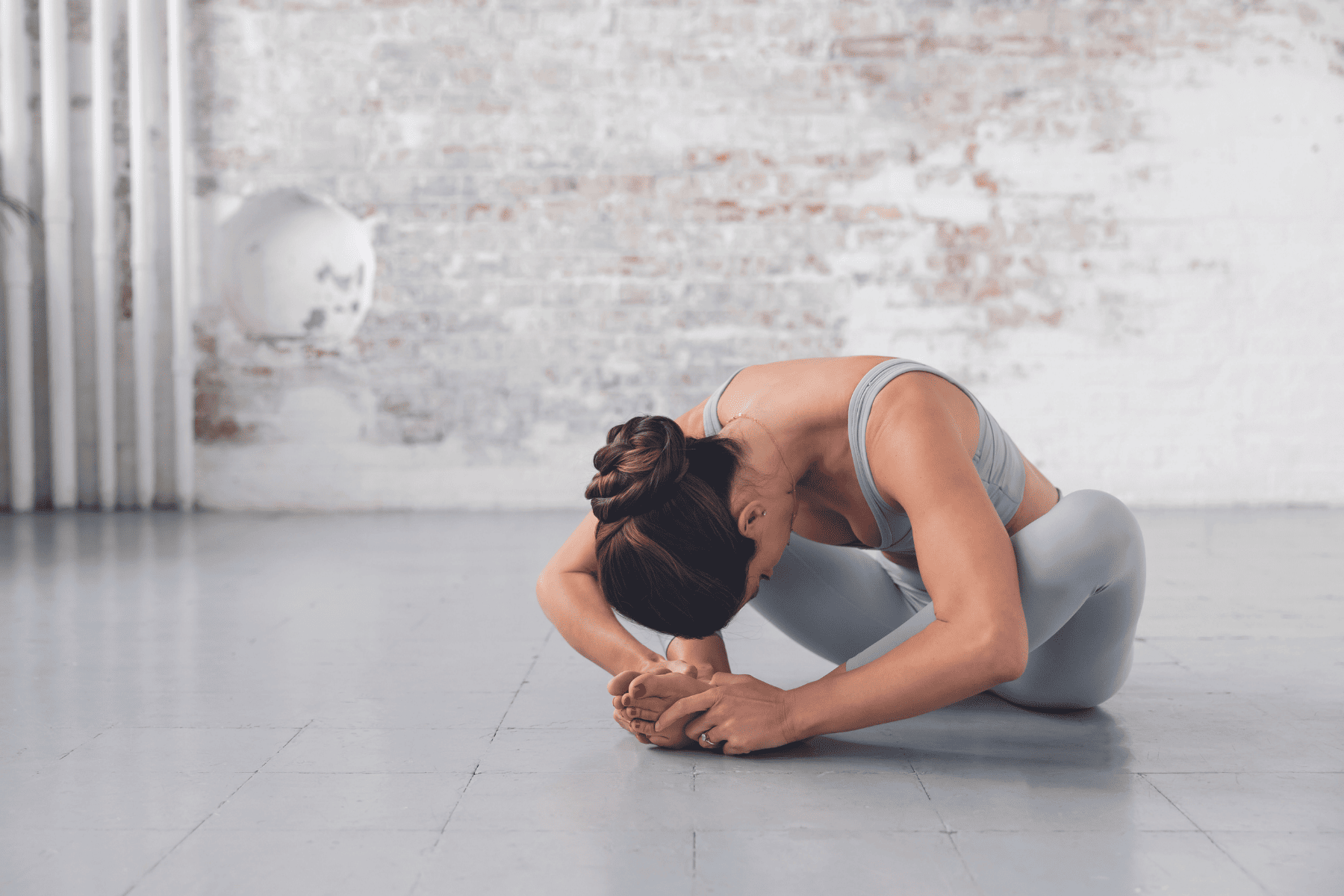
APARIGRAHA – Let go, find peace
Ever been in a yoga class and not fully understood what the teacher is talking about? Bestselling author and creator of the top rated Yoga Happy app and book, Hannah Barrett, is here to help. This month, she’s unpacking the yogic concept of aparigraha
Reading time: 5 minutes
What is Aparigraha?
“Anger is like holding a hot coal, the only one that gets burned is you.”
Yoga isn’t just a set of postures that we do on our mats to make us long and strong. It can impact every word we speak, every interaction we have and even the relationship we have with ourselves. We can deepen our yoga practice through the first limb of yoga known as the yamas. The yamas are ethical guidelines on how to avoid harming ourselves, others and the world we live in — like yoga’s ethical backbone. I broke down the first four yamas in previous issues and today we talk aparigraha, the last of the yamas, which relates to non-attachment and non[1]possessiveness. It’s a concept that will help you feel light and free.
Aparigraha encourages us to let go of attachments to material possessions, desires and outcomes. Whether that is a relationship, a job, something we own, our sense of identity or even old attitudes and beliefs that prevent us from moving forward.
When we search for happiness outside of ourselves, it is only temporary. Aparigraha teaches us to appreciate and enjoy what we have and to take only what we need. This allows us to have a greater focus on self-awareness and finding inner connection.
How can we apply it to life now?
Aparigraha is like having a ‘letting go’ superpower.
Nothing stays the same, life is constantly moving and changing. Therefore, attachment or grasping onto what we have is going to end up causing suffering — it’s actually not the change itself that causes the suffering. Find freedom by letting go.
A few examples of how we can incorporate the concept of aparigraha into our daily interactions:
Declutter and simplify: Let go of all the items you no longer need and that someone else could find joy in. Embrace a more minimal life, reducing your attachment to material possessions.
Let go of anger and resentments: Aparigraha also apples to relationships and emotions. Learn to release grudges and negative attachments and you will release a heavy weight holding you down in doing so.
Attachments to outcomes: In work and personal projects, focus on doing your best without becoming overly attaching to the outcome. Let go of excessive worry about success or failure and focus on the process.

Journal Prompts
Yoga helps us connect with our true identity and journalling can be an amazing way to question our beliefs and behaviours and practice self-study.
Some journal prompts relating to aparigraha to reflect on:
- Write down five things you're grateful for in your life right now. Reflect on why these things bring you joy and how they contribute to your overall wellbeing.
- Think of a situation in your life where you found it challenging to let go. It could be a material possession, a relationship or a certain expectation. How did this experience make you feel?
- Reflect on your relationship with digital devices and social media. How might reducing your attachment to these platforms improve your overall sense of well-being and connection to life?
How can we apply aparigraha onto the yoga mat?
Yoga is not a competition. Try and detach from the ego and let go of any thoughts about being the best in class or comparing yourself to others. The focus needs to be on your own journey and personal growth, release everything else.
During challenging poses, like a deep stretch or a tough balance, practice surrendering into the pose rather than forcing your way into it. Let go of the need to push too hard or achieve a certain look. Focus on how the pose feels instead of how it looks

Asana for Aparigraha - Vrkasana
Vrkasana or tree pose encourages balance, stability, and focus, all while symbolising growth and letting go. Trees require firm roots yet need to let go of rigidity to have the flexibility to sway in the wind. Just like we need to be rooted in our intentions and values while remaining adaptable to change.
If you wobble or fall out of the pose, it's okay. Let go of any frustration or attachment to perfection.
From tadasana, bring the weight into your right foot, grounding down your imaginary roots and firming the muscles of the hip. Inhale lifting the left knee taking hold of the foot. Guide the foot to the right inner thigh, shin or ankle letting the knee open to the left. The hips and shoulders are facing forwards. Imagine there’s a hand just above the crown of your head and grow into it, lengthening the spine. Hands can come into prayer at heart centre or arms lift into a ‘V’ towards the sky. Hold for five breaths then release and repeat on the opposite side.




